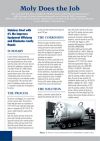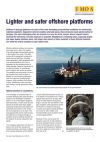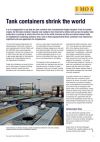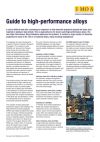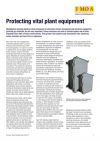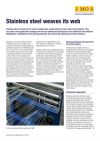Lighter and safer offshore platforms
07/03/2018
Offshore oil and gas platforms see some of the most demanding environmental conditions for construction materials anywhere. Exposed to extreme weather, wind and waves, these structures must operate safely for decades. The most challenging sites are located in or near the Arctic oceans, where frequent storms intensify the extremely corrosive exposure to seawater. Molybdenum-containing alloys, especially duplex and super duplex stainless steels, last longer than almost all other materials in these difficult situations. One small but critical example is super duplex bolts.

